On February 26, 2025, the Chairman of the Provincial People's Committee signed Decision No. 561/QD-UBND on promulgating the Program on practicing thrift and combating waste in 2025 in the province.
According to the decision, the province aims to resolutely, synchronously and effectively implement effective solutions in practicing thrift and combating waste, creating a strong spread throughout society. This goal is not only to optimize existing resources but also to create conditions to seize opportunities, push back challenges, thereby striving to achieve the highest results in the proposed socio-economic targets.
Regarding specific economic indicators, the province aims to ensure a GRDP growth rate of 11.0% or higher in 2025, higher than the national average. The expected economic structure is: agriculture, forestry and fishery account for about 12%; industry and construction account for about 51%; services account for about 30%; product taxes account for about 7%.
By sector, agriculture, forestry and fishery are expected to increase by 3% or more; industry and construction by 15% or more (industry alone by 18% or more, construction by 7% or more); services by 8% or more; product taxes by 10% or more. In particular, the province's food output is expected to remain at 1.5 million tons, ensuring local food security and contributing to the country's overall food supply.
Regarding other important economic indicators, the province's GRDP per capita is expected to reach 3,750 USD or more, total export value to reach 8,000 million USD or more, total mobilized development investment capital to reach 140,000 billion VND or more, and especially state budget revenue to strive to reach 45,492 billion VND or more.
Regarding rural development, the area of agricultural land accumulated and concentrated for large-scale agricultural production, applying high technology is expected to increase by 4,340 hectares or more. The province strives to have 2 more districts and 21 communes meeting new rural standards; 2 districts and 49 communes meeting advanced new rural standards; 14 communes meeting model new rural standards. In addition, the number of newly established enterprises is expected to reach 3,000 or more, contributing to creating more jobs and increasing budget revenue.
To achieve the above objectives, the Program clearly states the key tasks that need to be focused on. First is to tighten discipline in the management and use of finance and budget; to operate state budget expenditures according to estimates, ensuring strictness, economy and efficiency. Next is to strictly manage the mobilization, management and use of loans to offset state budget deficits and loans to repay principal debts of the state budget.
The third task is to strengthen the management and use of public assets, ensuring the correct standards, norms, regimes and compliance with task requirements, focusing on the arrangement and handling of assets, especially houses and land associated with the arrangement and streamlining of the apparatus. The fourth task is to promote the allocation, implementation and disbursement of public investment capital, especially for important national programs, projects and works, national target programs, and inter-provincial and inter-regional connecting works.
The program also clearly states the requirement to complete the streamlining of the organization in accordance with the set goals and requirements, along with reducing the number of cadres, civil servants, and public employees, and restructuring and improving the quality of the cadres, civil servants, and public employees. Promote decentralization and delegation of authority, along with improving the ability to be self-reliant, self-reliant, and responsible for local governance.
Notably, in addition to saving 10% of regular expenditure to create a source for salary reform according to regulations, departments, branches, sectors, unions and localities strive to save about 10% more regular expenditure in addition to the 2025 budget estimate compared to the 2024 budget estimate (excluding salary expenditures, of a salary nature, expenditures for human resources, expenditures that must be fully arranged according to international commitments, political tasks, specific expertise and the 10% savings of regular expenditure to create a source for salary reform). This savings source will be used to reduce the state budget deficit or for urgent, arising tasks, implementing social security tasks or supplementing increased public investment spending.
The program also offers six specific groups of solutions to achieve the savings goals and targets. These include strengthening leadership and direction on thrift practice and anti-waste; perfecting relevant legal regulations; promoting the application of information technology and digital transformation to modernize management; strengthening propaganda and education to raise awareness; promoting implementation in the fields of management and use of public assets, state budget, public investment capital, resources and management of state assets at enterprises; and finally, strengthening inspection, examination and strict handling of violations of regulations.
This Decision takes effect from the date of signing and applies to all departments, branches, sectors, unions, provincial-level units, People's Committees of districts, towns, cities, General Directors, Directors of one-member LLCs with 100% state-owned charter capital under the management of Thanh Hoa province and Heads of relevant units.
Galaxy
Source: https://baothanhhoa.vn/phan-dau-tiet-nbsp-kiem-20-chi-thuong-xuyen-thu-ngan-sach-dat-tren-45-492-ty-dong-nam-2025-240952.htm


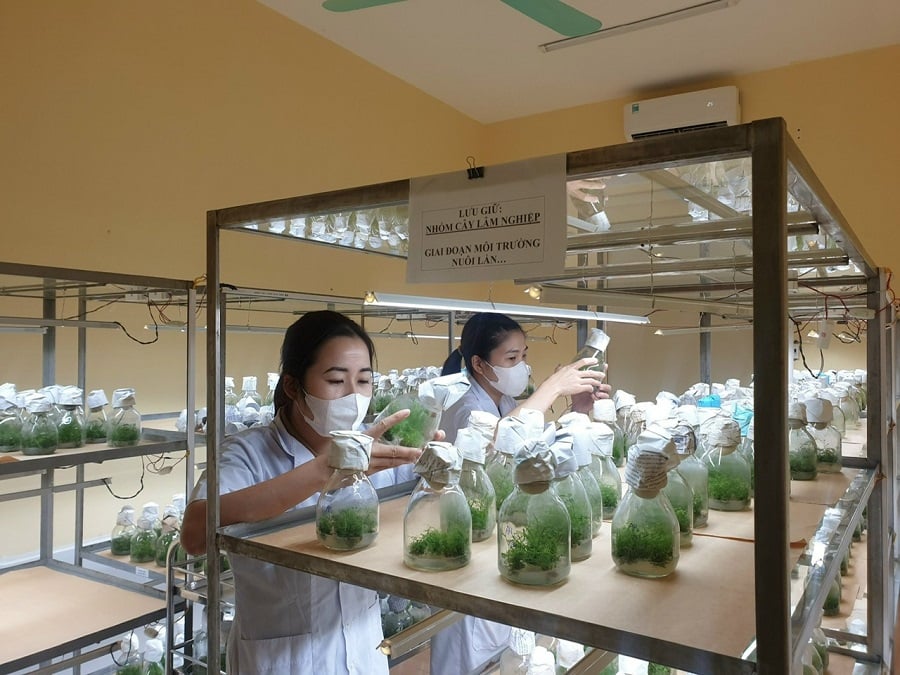
![[Photo] Panorama of the cable-stayed bridge, the final bottleneck of the Ben Luc-Long Thanh expressway](https://vphoto.vietnam.vn/thumb/1200x675/vietnam/resource/IMAGE/2025/9/30/391fdf21025541d6b2f092e49a17243f)
![[Photo] President Luong Cuong receives President of the Cuban National Assembly Esteban Lazo Hernandez](https://vphoto.vietnam.vn/thumb/1200x675/vietnam/resource/IMAGE/2025/9/30/4d38932911c24f6ea1936252bd5427fa)
![[Photo] The 1st Congress of Phu Tho Provincial Party Committee, term 2025-2030](https://vphoto.vietnam.vn/thumb/1200x675/vietnam/resource/IMAGE/2025/9/30/1507da06216649bba8a1ce6251816820)



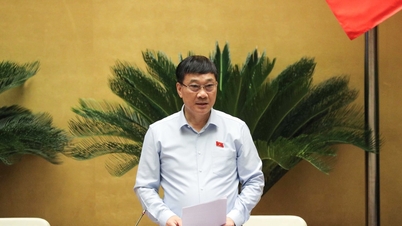

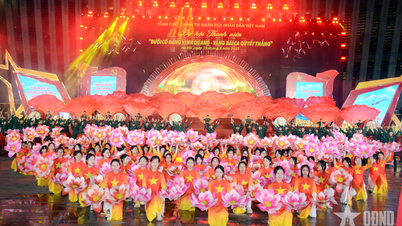



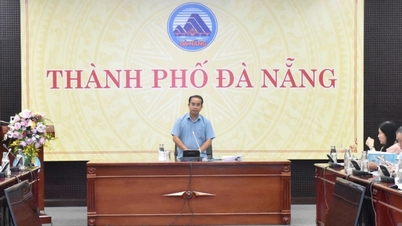

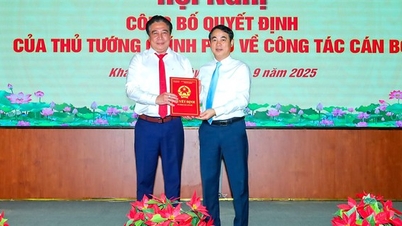

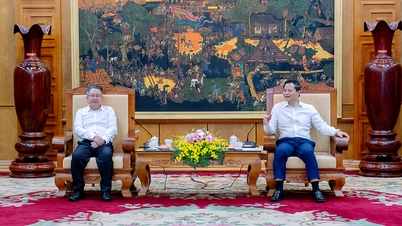

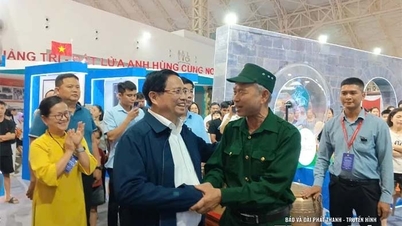




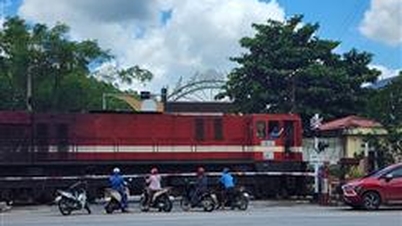








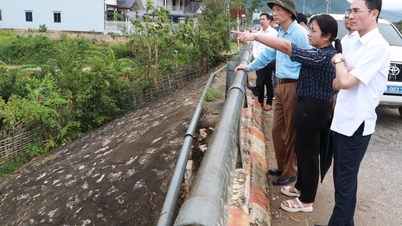
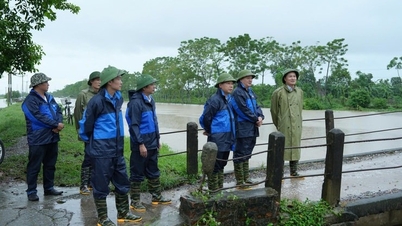

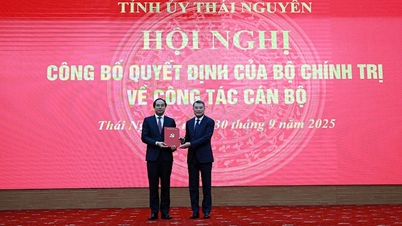

![[Photo] Solemn opening of the 12th Military Party Congress for the 2025-2030 term](https://vphoto.vietnam.vn/thumb/1200x675/vietnam/resource/IMAGE/2025/9/30/2cd383b3130d41a1a4b5ace0d5eb989d)













































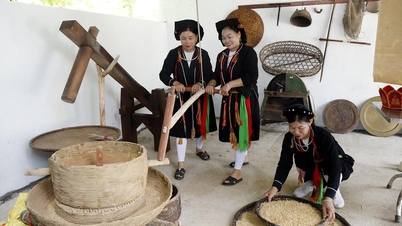


















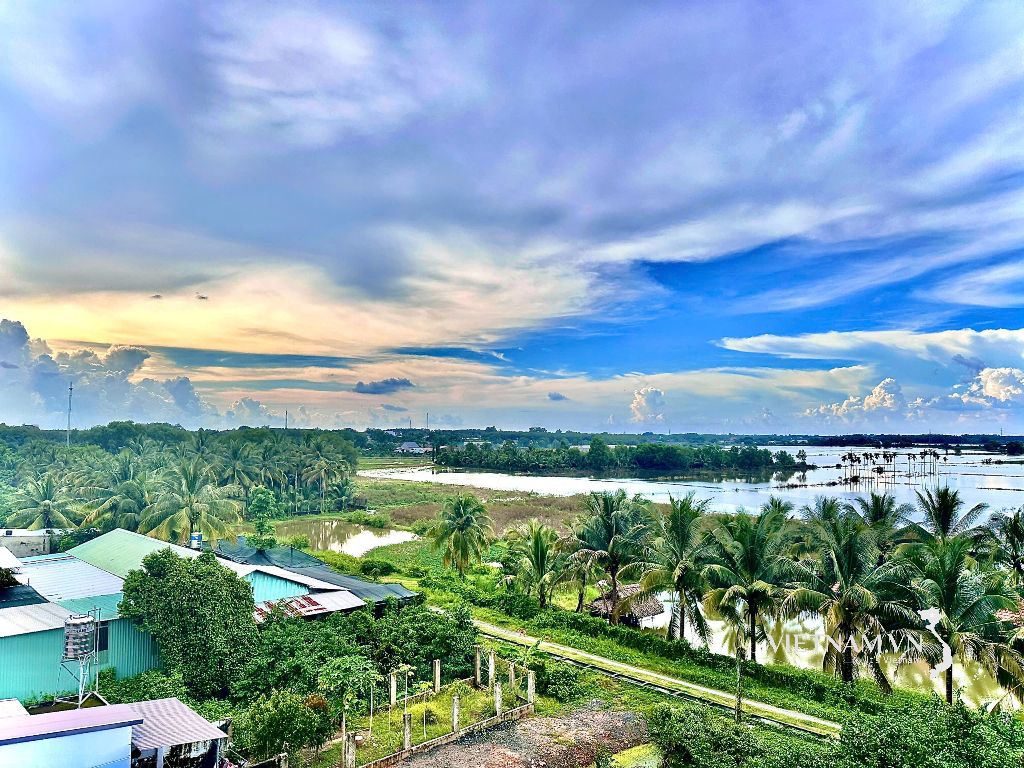
Comment (0)